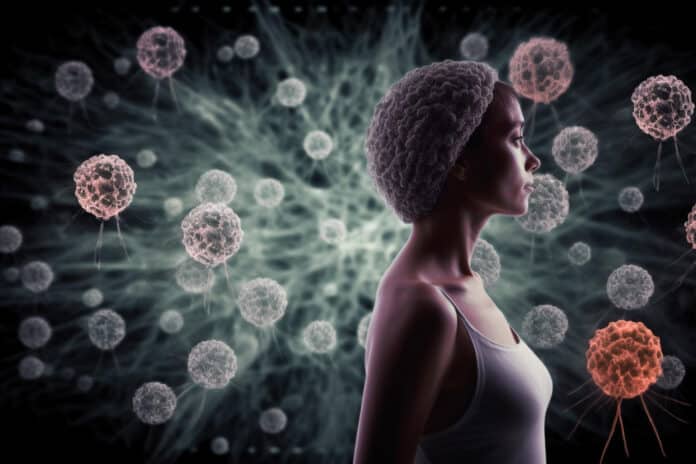Cancer researchers in Australia discovered a link between a person’s cancer risk and the functions of circular RNAs, a family of genetic sequences found in our cells. The first step of oncogenesis is the addition of a repertoire of genetic mutations to initiate and sustain the malignancy.
According to a new study, circular RNAs found in many of us may stick to the DNA in our cells and induce DNA mutations that lead to cancer.
Flinders University Professor Simon Conn, who leads the Circular RNAs in Cancer Laboratory at the Flinders Health and Medical Research Institute, said, “While environmental and genetic factors have long been believed the major contributors to cancer, this revolutionary finding which we call ‘ER3D’ ushers in an entirely new area of medical and molecular biology research.”
The study compared neonatal blood tests or Guthrie cards of newborns who developed acute leukemia as infants to children with no blood problems. The study discovered that one particular circular RNA was present at substantially higher levels at birth before developing leukemia symptoms.
The number of circular RNA molecules within certain people’s cells is a main factor of cancer-causing genes or oncogenes. Circular RNAs can be attached to DNA in various cell types, causing alterations that result in DNA breakage, which the cell must repair to survive. This repair is not always perfect, and it can be in minor alterations as well as major fatal mutations.
The findings indicate that the number of circular RNA molecules within particular cells is a crucial factor in why some people develop cancer-causing genes or oncogenes while others do not.
Professor Conn said, “Circular RNAs can bind to DNA at many locations across a range of cells. By binding to the DNA at specific sites, these circular RNAs cause a number of changes culminating in the breakage of the DNA, which the cell must repair to survive.”
According to the primary author, Dr. Vanessa Conn, several circular RNAs seem to work together to break several DNA strands, which results in gene fusions that can turn a malignant cell from a normal one. This was shown to cause the quick emergence of aggressive leukemia in two separate cell types.
The gene fusions caused by these circular RNAs occur at well-known “hotspots” of mutation in blood cancer leukemia. This is a crucial factor to consider in Australia, where there is the highest incidence of leukemia globally, and 35,000 people are currently affected by the disease. This was demonstrated in two different cell types, and it was found that this ran the rapid onset of aggressive leukemia
Journal Reference:
- Vanessa M. Conn, Simon J. Conn, etal.Circular RNAs drive oncogenic chromosomal translocations within the MLL recombine in leukemia. Cancer cell.DOI: 10.1016/j.ccell.2023.05.002
